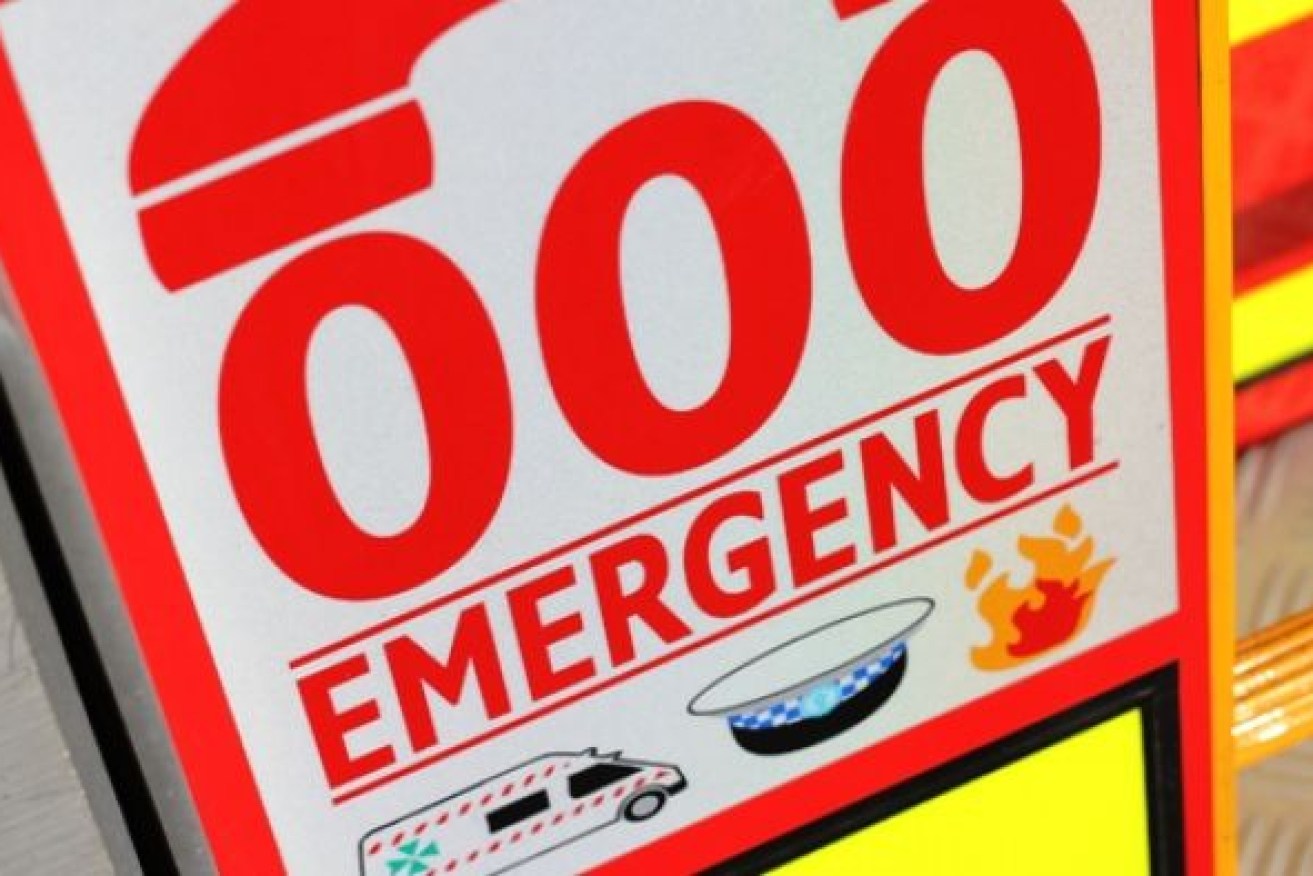Suicide rates high among emergency workers

New figures reveal one police officer, paramedic or firefighter is committing suicide every six weeks, and experts warn frontline emergency workers are not getting the treatment they need.
The Intentional Self-Harm Fact Sheet is based on coronial cases around Australia and shows 110 police officers, paramedics and firefighters took their own lives between July 2000 and December 2012.
It is the first time the number of suicides among emergency service personnel has been officially quantified in Australia.
• ‘Cancer time bomb’ lurks in our workplaces
• Depression patients injecting with ketamine
• Online chat rooms could be future of remote mental health

The home gives emergency services workers privacy.
Of the total 110 deaths, 62 cases involved police officers, 26 were paramedics and 22 involved firefighters.
Most were men and the typical age range was 30 to 49 years. Firearms were the leading cause of death, mostly service-issued rifles, shotguns or handguns.
Most deaths took place in the home. Poisoning accounted for more than 40 per cent of suicides among paramedics.
A formal diagnosis of depression was identified in only small percentages of each occupation group, particularly among police.
Berrick Boland, who heads a support group for former NSW police officers with post-traumatic stress disorder (PTSD) called the Forgotten 300, said the figures were only the tip of the iceberg.
Mr Boland said this was because the suicides of many former police officers were not officially recognised.
“When a body is taken to a morgue, the deceased person’s former occupation is not noted,” he said.
The fact sheet, prepared by the National Coronial Information Service (NCIS) acknowledges that in many cases, where the previous occupation of the deceased was not recorded in the coronial file, the case was not counted in its fact sheet.
I was treated like a liability: ex-firefighter

Firefighters deal with deadly conditions during their work. Photo: AAP
Ross Beckley was a highly decorated fire fighter and Deputy Captain for 21 years before he was diagnosed with PTSD and medically discharged from NSW Fire and Rescue.
Mr Beckley attended numerous, horrific road fatalities and fires and each traumatic event slowly took its toll on his mental health.
“When I got to about 40 fatalities, that’s when I started getting problems,” Mr Beckley said.
“I had nightmares, I had flashbacks during the day, I was having sleepless nights, waking up in a cold sweat or a hot sweat.”
Mr Beckley said felt unable to discuss his problems with his workmates or management.
“It was always ‘harden up, buttercup’. There was that culture in the brigade.”
Mr Beckley said he contemplated suicide many times.
“I drove to Lightning Ridge, I was going to throw myself down a mine shaft and I contemplated other times of doing it,” he said.
“One of the biggest things that stopped me doing it was just infecting someone else with a tragedy.
“I didn’t want another group of firefighters, ambulance, police rescue to find me and have their own post traumatic stress problems, so I didn’t.”
He said when he was medically discharged he was treated as a liability.
“People question why you get post-traumatic stress. I got it from my job in the fire brigade. I didn’t get it from anywhere else. I got it from what I’ve seen and done.”
PTSD robbed me of my career: former policeman

Police are sent to deal with the most stressful moments. Photo: AAP
A police officer, who asked not to be identified because he used to work undercover, told the ABC he attempted suicide after developing PTSD on the job.
“Because I survived my attempt at suicide, I now feel obligated to speak up about my experience,” he told the ABC.
He said from the onset of his career, he was exposed to extreme acts of violence, including suicides and brutal homicides.
In October 2011, he attended a horrific murder scene.
“I responded to a triple 0 call from a man who said he had killed his wife. I found a woman deceased.
“She had horrific stab wounds and her husband was covered from head to toe in blood.”
In the days following the murder, he was unable to get images of the crime scene out his mind.
“I found myself continually revisiting that crime scene. I was totally consumed by trauma and it was this incident that opened the floodgates of every single traumatic incident that I had witnessed during my career.
“I was continually anxious, unable to sleep, I was emotional. I couldn’t understand what was happening to me.”
He was diagnosed with PTSD and medically discharged from the NSW Police Service.
“Policing was my life. It was my passion. It was something I was good at. It gave me an identity, yet PTSD robbed me of that.”
He said the culture of the NSW Police Force prevented officers from speaking up and that needed to change.
“Police need to know that they can reach for support and feel like they’ll receive proper and appropriate treatment and not fear that such actions will damage their careers.”
Emergency workers not seeking help: expert

One in 10 active emergency workers had symptoms consistent with PTSD, according to a psychiatrist.
Psychiatrist Sam Harvey specialises in PTSD among emergency workers and said many were not reaching out for the help they need.
The coronial data confirmed that only a small percentage of those who committed suicide had a formal diagnosis of depression.
“We need to make it easier for people to ask for help and get help,” Dr Harvey said.
“They can be a difficult group to treat because their type of PTSD is often different.
“They’ve often got a career worth of trauma and these symptoms have gradually built up. So the treatment often needs to be modified.”
Dr Harvey said one in 10 active emergency workers had symptoms consistent with PTSD.
“That’s much higher than you would see in the general population and if we were to consider ex-emergency workers or retired workers, that rate would be higher.”
Dr Harvey, who works for the Black Dog Institute, said later this year he planned to release some new guidelines about how PTSD should be diagnosed and treated in this group.
“They’re a group not well served by the status quo and they’re not always receiving the right treatment,” he said.
“The standard way of doing things, where we wait until somebody falls over, is too unwell to go to work, and we start treatment then is really the wrong way around.
“Our hope is to bring treatment forward much more and to have people getting treatment while they remain at work.
“Where this is seen as part of their journey through their career, dealing with symptoms as they come up, modifying the work, those sort of things that are part of what it means to be an emergency worker rather than this false notion that an emergency worker is somehow invincible right up until the moment when they become too unwell to function.
“I think the most important message is about getting help and about giving them hope that these are conditions that we increasingly understand, that we are increasingly able to treat effectively and that we are getting increasingly better at treating people well enough that they can get back to work and get back to their lives.”
-ABC








